Go on a coral reef virtual dive around the world and use the sights you see to complete the digital scavenger hunt!
We’ve been using Google Earth quite a bit these days! After taking a virtual tour to see the Seven Wonders of the World, we decided it was a great time of year to learn about coral reefs!
This activity explores fourteen major coral reefs around the world to learn about coral reefs and the impact that climate change has on them.
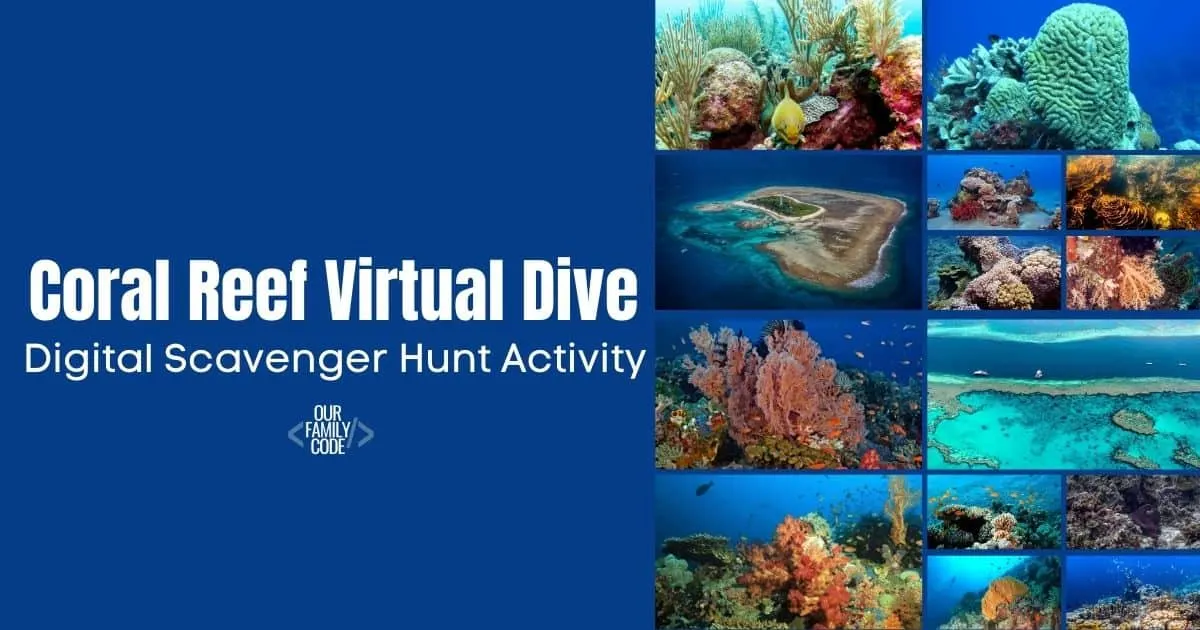
This post contains affiliate links. As an Amazon Associate, Our Family Code earns from qualifying purchases. Please see our Disclosure Policy for more details.
Exploring the Ocean
Did you know that the ocean covers about 71% of the Earth’s surface, yet we’ve only explored around 5% of it?
Underwater Earth and The Ocean Agency are dedicated to exploring under the sea to spread environmental awareness by creating viewer-controlled virtual dives using the Google Earth street view feature.
Why Protect Coral Reefs?
According to the NOAA, the effects of climate change are changing our ocean and dramatically altering coral reef ecosystems.
Coral reefs provide a buffer against storm surge, they help prevent coastal erosion, and they are home to an estimated 25% of all marine species. According to the Oceanic Society, nearly 500 million people worldwide rely on coral reefs for food, income, coastal protection, and more.
What is coral bleaching?
When water is too warm, corals expel the algae living in their tissues. This causes the coral to turn completely white. This is called coral bleaching. Coral bleaching does not mean that the coral is dead. Corals can survive bleaching events, but it does mean that they are under more stress that can lead to death.
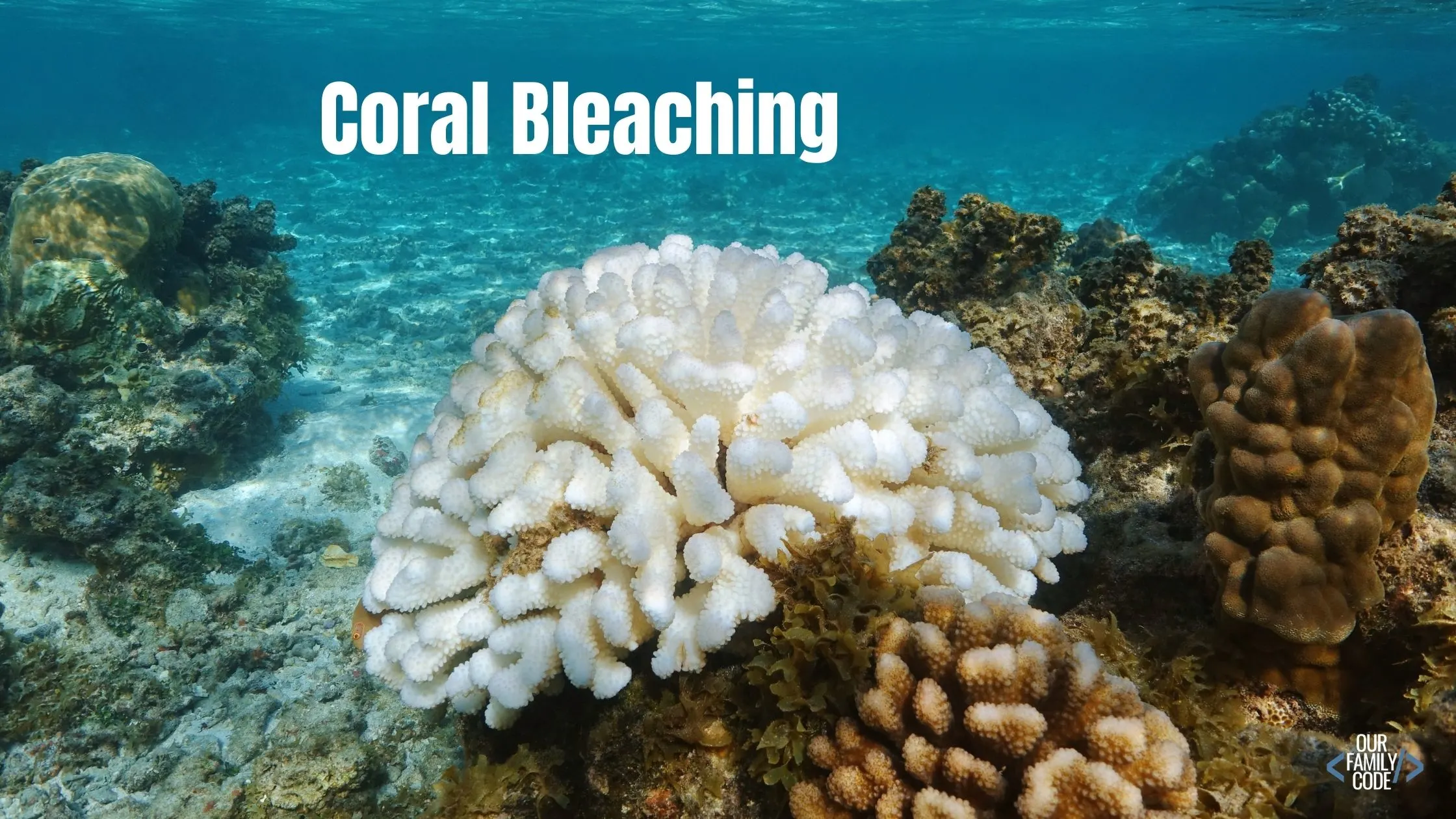
How can we we help coral reefs?
We can volunteer for beach and waterway clean ups, reduce the use of lawn and garden chemicals, prevent dumping of household chemicals in storm drains, and learn about good reef etiquette if we are visiting coral reefs.
You might also enjoy: Earth Day Coding Recycling Sorting Activity
Coral Reef Virtual Tour
This activity explores fourteen major coral reefs around the world to learn about coral reefs and the impact that climate change has on them.
Click the link to travel the globe on Google Earth and visit 14 coral reefs around the world, including: Great Barrier Reef, Tubbataha Reef, Apo Island, Belize Barrier Reef, Bonaire Reef, Raja Ampat, Palmyra Atoll, Jeju Island Biosphere Reserve, Dongji Harbor, Bunaken National Park, Ningaloo Reef, Red Sea Coral Reef, Palancar Reef, and New Caledonia Barrier Reef.
Tubbataha Reef – Philippines
Tubbataha Reef is located in the middle of the Sulu Sea in the Philippines. The area was designated a UNESCO World Heritage site in 1993 and supports nearly 375 species of corals.
The reef also supports 11 species of cetaceans, 11 species of sharks, and around 480 species of fish.
Tubbataha Reef is the largest concentration of coral reefs in the Philippines and has three major reef areas: North and South Atoll and Jessie Beazley Reef.
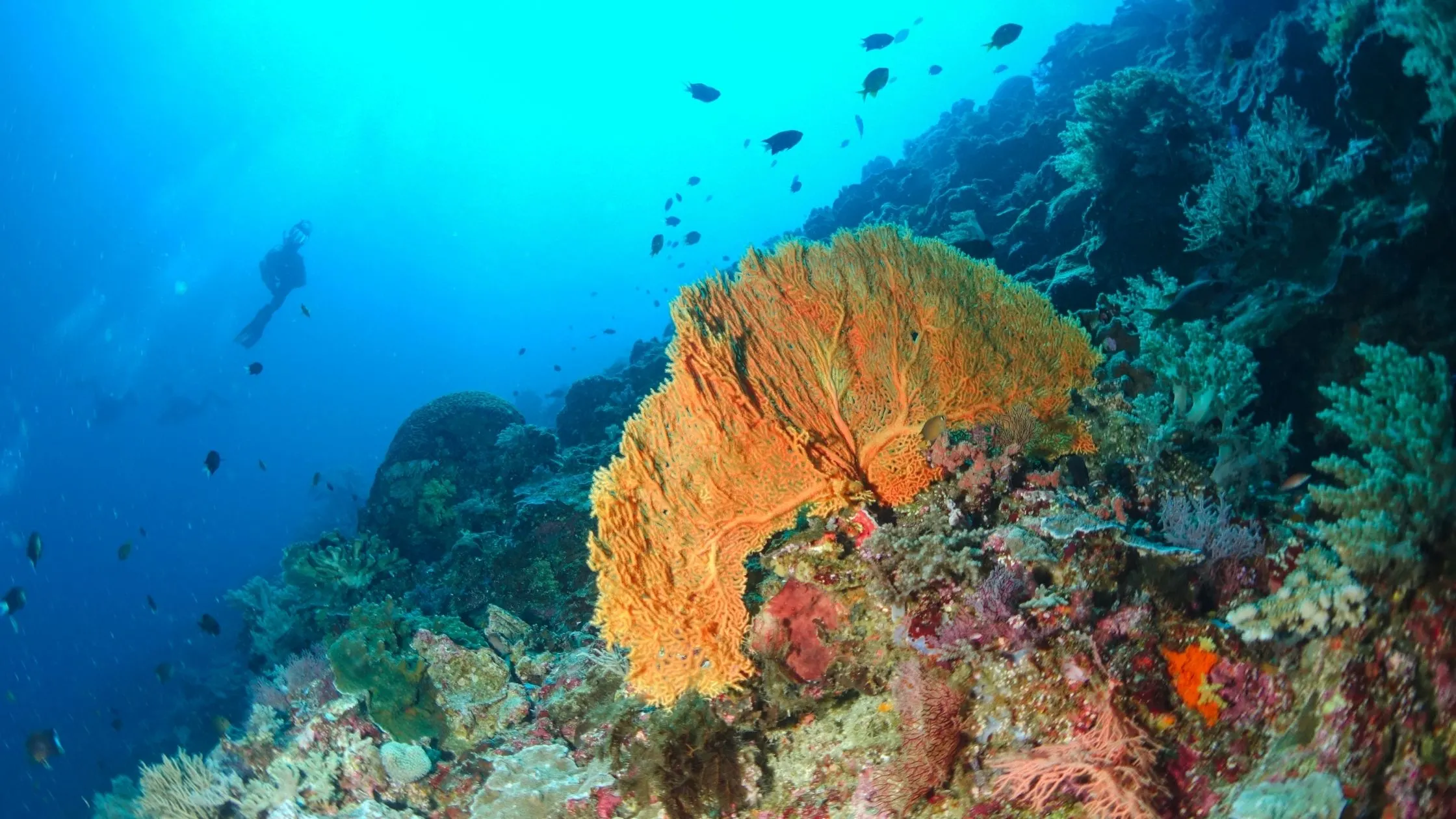
Apo Island – Philippines
Apo Island is a volcanic island surrounded by a marine reserve in the Philippines. The island is home to around 400 species of corals and more than 650 documented species of fish.
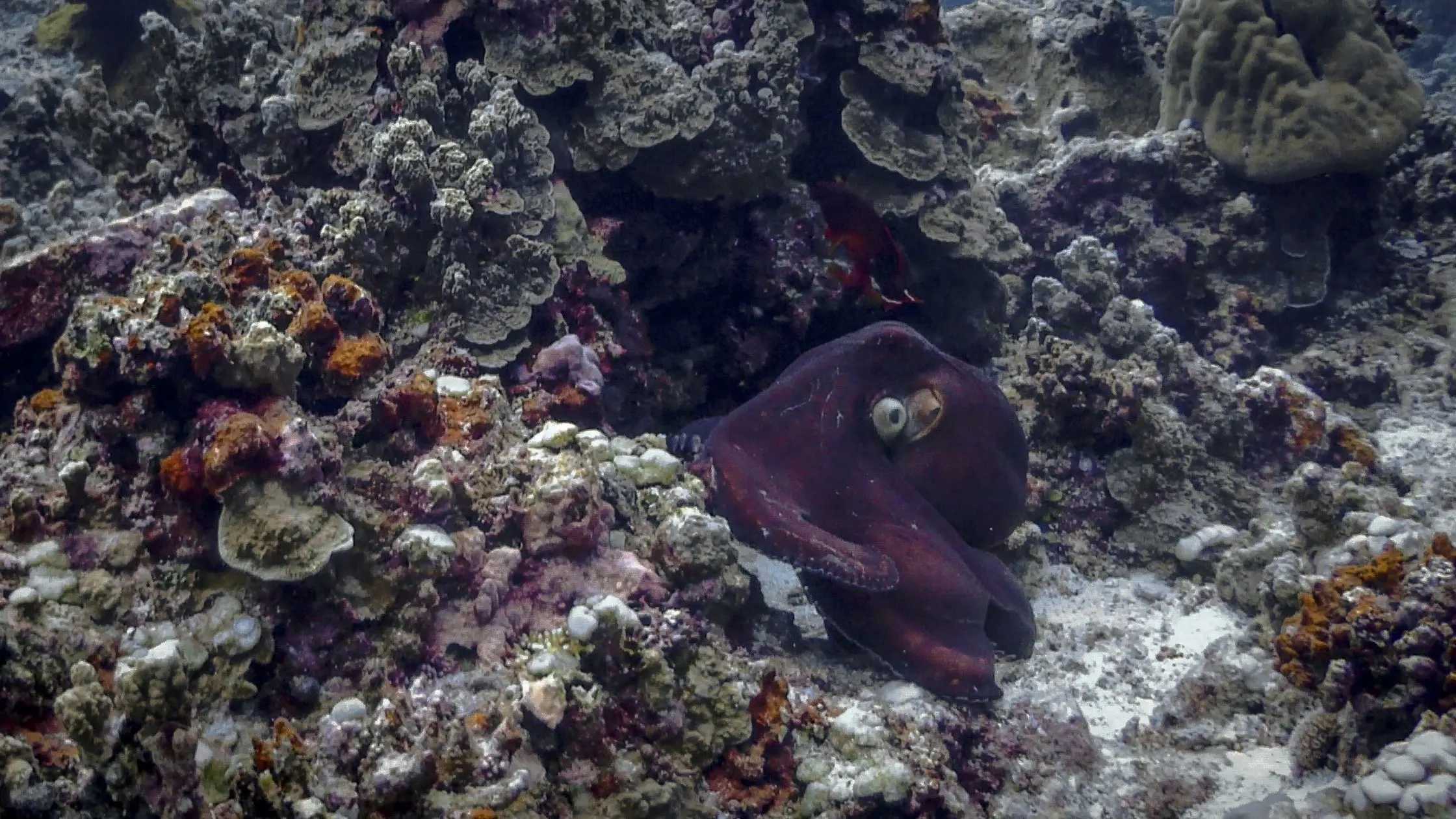
Belize Barrier Reef – Caribbean
The Belize Barrier Reef was listed in the UNESCO World Heritage danger list in 2009. The reef is the largest barrier reef in the Northern Hemisphere and supports a range of reef types.
The reef system has seven sites that provide a habitat for threatened species, including marine turtles, manatees, and the American marine crocodile.
The Belize Barrier Reef features 106 coral species of both hard and type as well as 500 fish species.
One major feature of the reef is the Great Blue Hole, a sinkhole that is considered one of the best diving spots in the world. The Great Blue Hole is near the center of Lighthouse Reef located at the easternmost part of the Belize Barrier Reef.
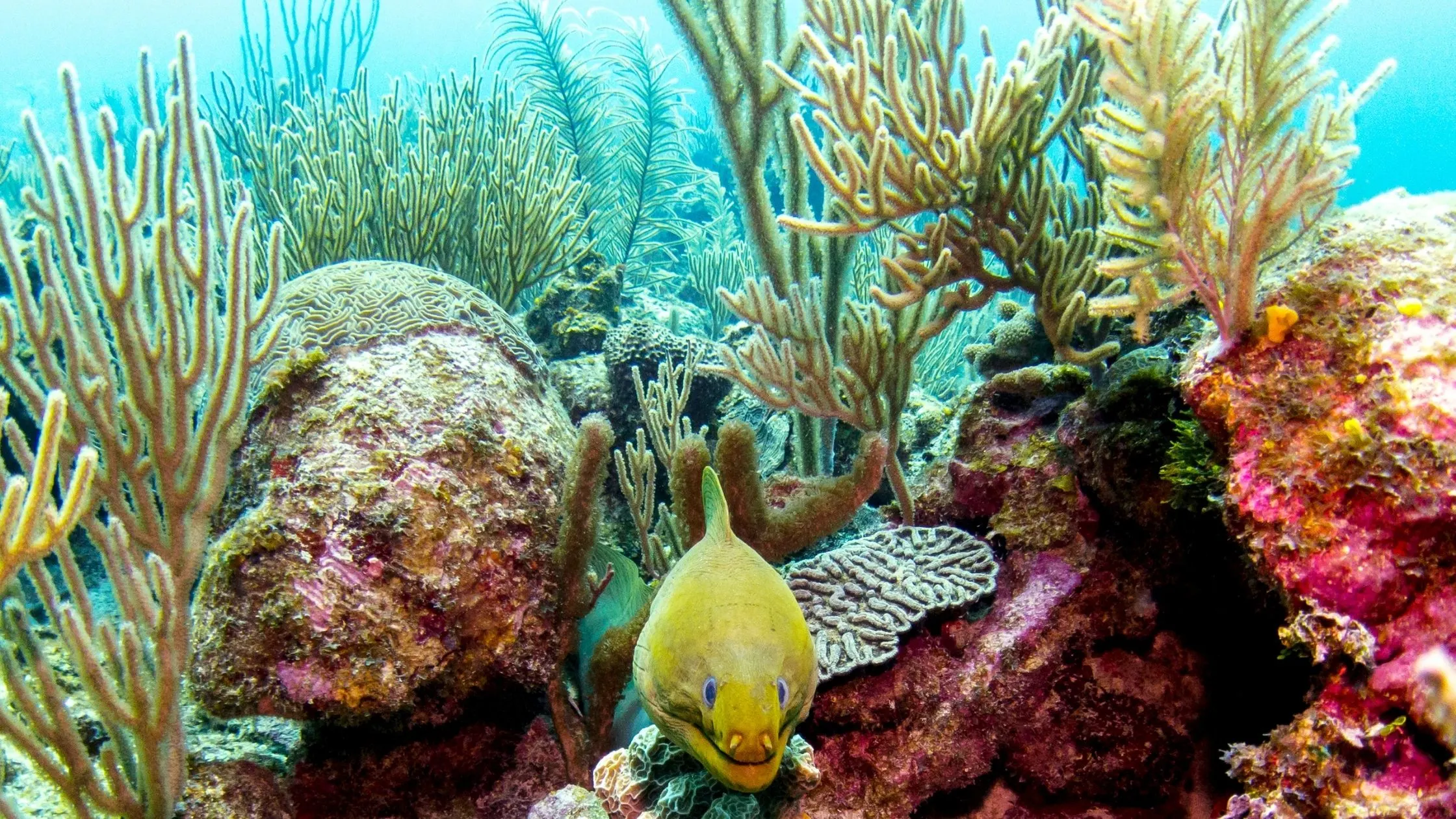
Bonaire Reef – Caribbean
Bonaire Reef is located in the Dutch Caribbean and features crystal-clear waters and brightly colored corals. The Bonaire National Marine Park is also home to nesting grounds of marine turtles, including hawksbill, green, and loggerhead.
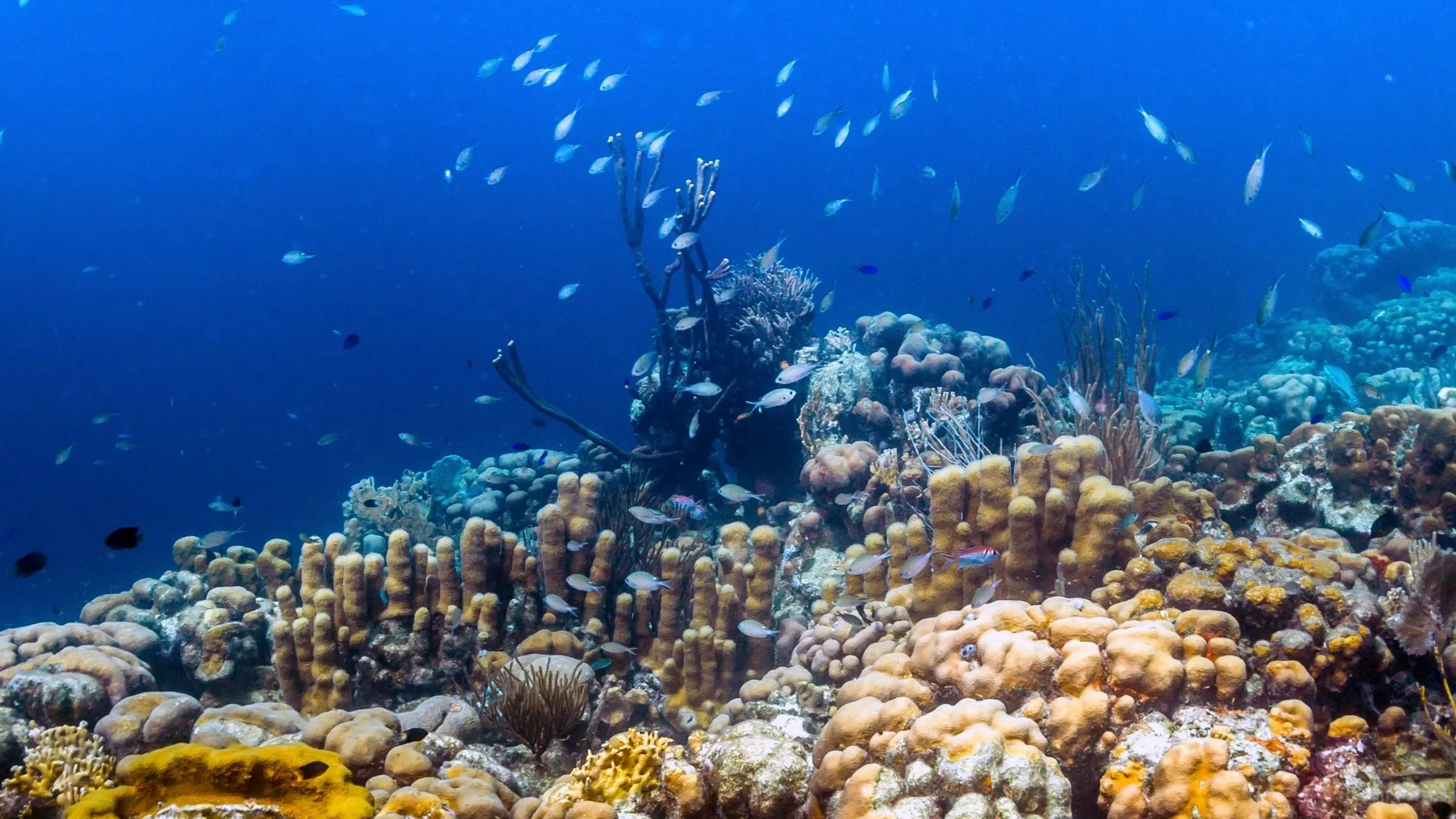
Raja Ampat – Indonesia
Raja Ampat is located in Indonesia. The reef features a wide range of marine biodiversity including a large amount of fish life, including dogtooth tuna, giant trevallies, and chevron barracuda. The reef also contains both hard and soft varieties of coral.
One of the most popular diving locations in Raja Ampat is Batu Rufus. Batu Rufus features 600 species of coral with more than 1,300 of coral reef fish. You can even dive under a swing-through arch in the area!
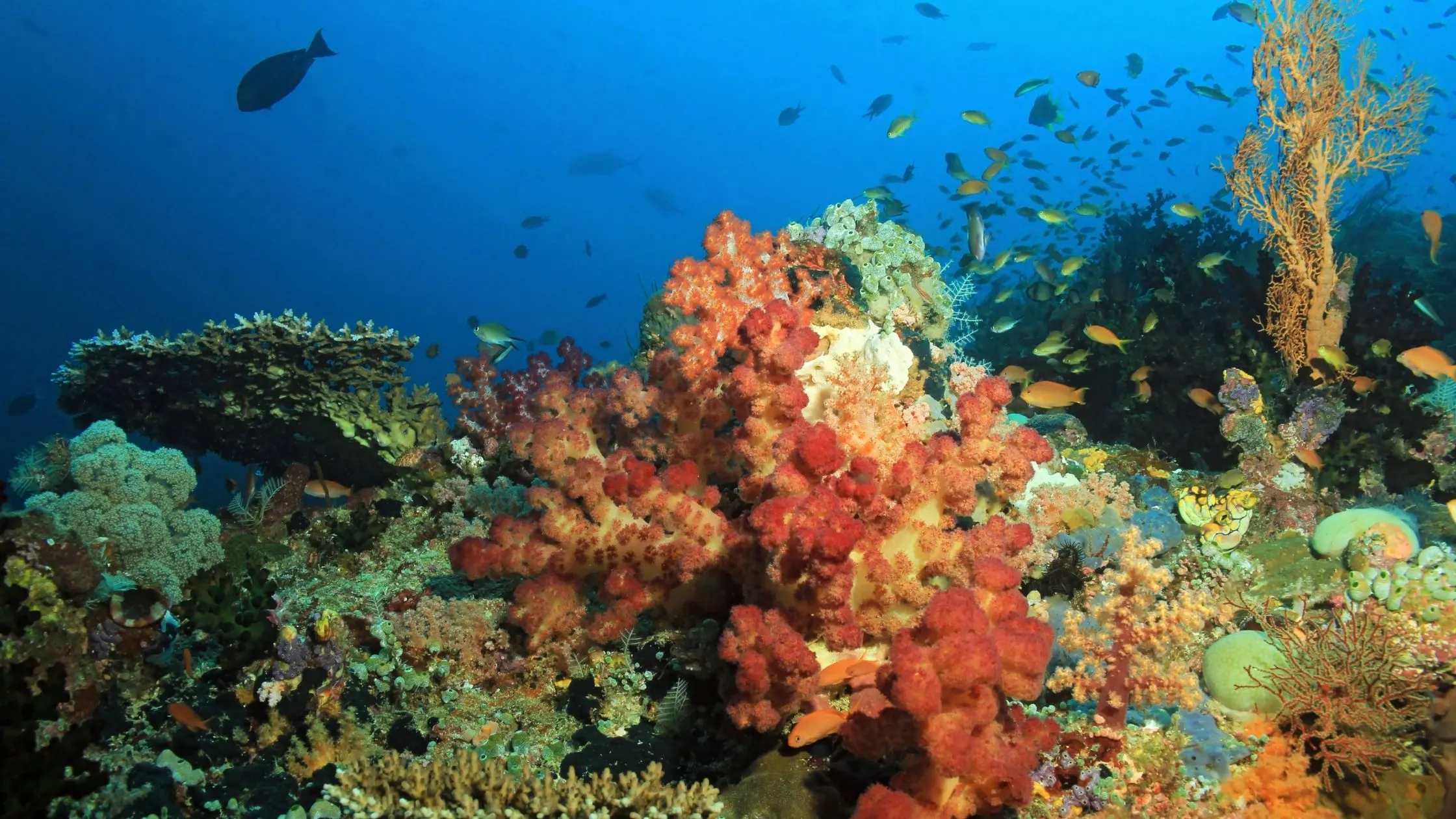
Palmyra Atoll – United States
Palmyra Atoll is famous for its Crazy Corals site that features different forms of coral. The area is protected and managed by The Nature Conservancy and U.S. Fish & Wildlife Service to allow corals to grow into shapes that wouldn’t necessarily survive in other locations.
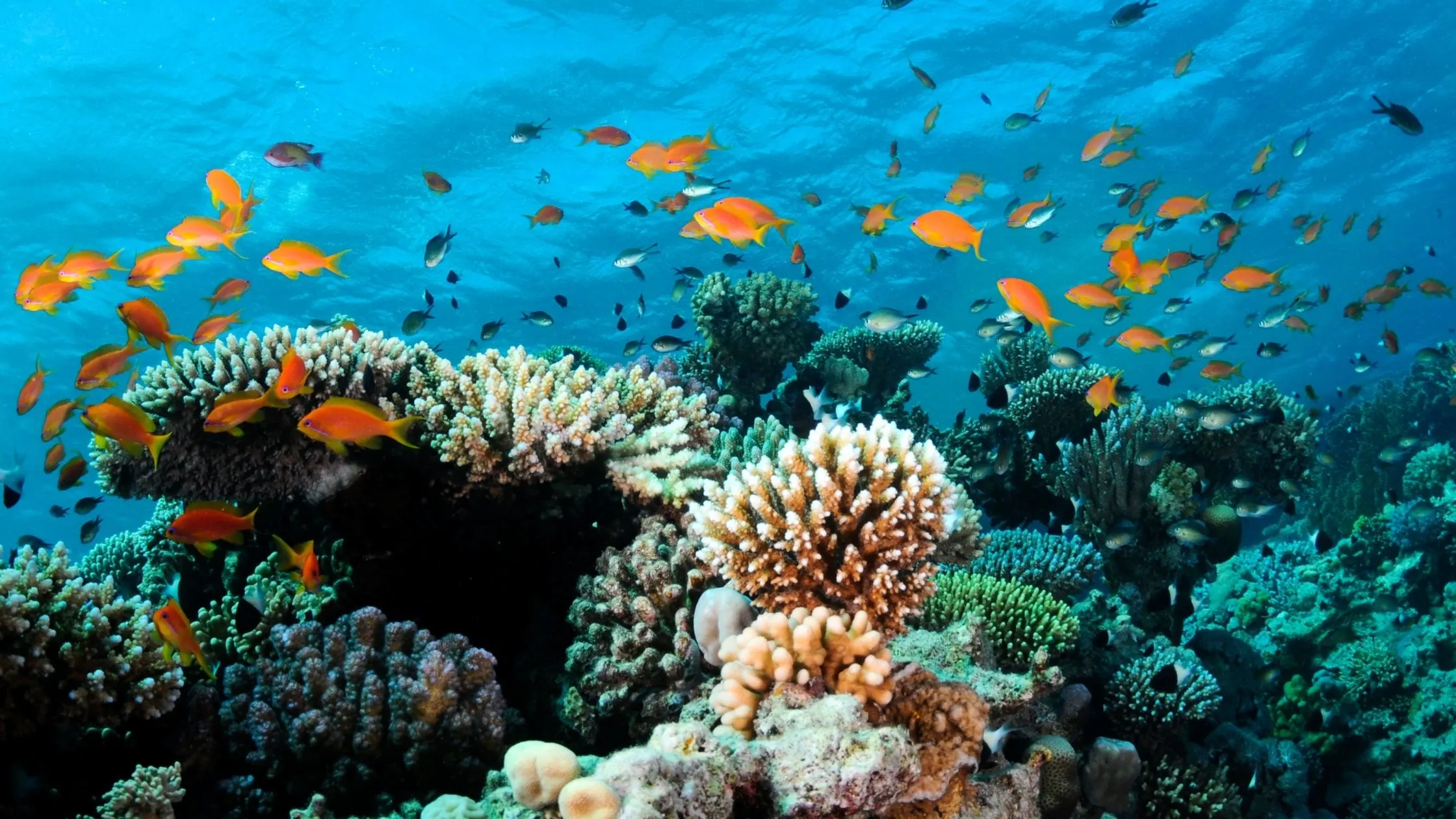
Jeju Island Biosphere Reserve – South Korea
Jeju Island Biosphere Reserve is located in the Seogwipo coast, which is an uninhabited National Nature Reserve. The area is the only area that Asplenium antiquum coral grows in. The coral benefits from warm waters all year round.

Dongji Harbor – Taiwan
Dongji Harbor became a Marine National Park in 2014 to protect the ecosystem and ban fishing in the area. We especially enjoyed seeing the bright red lobed brain corals in the virtual dive!
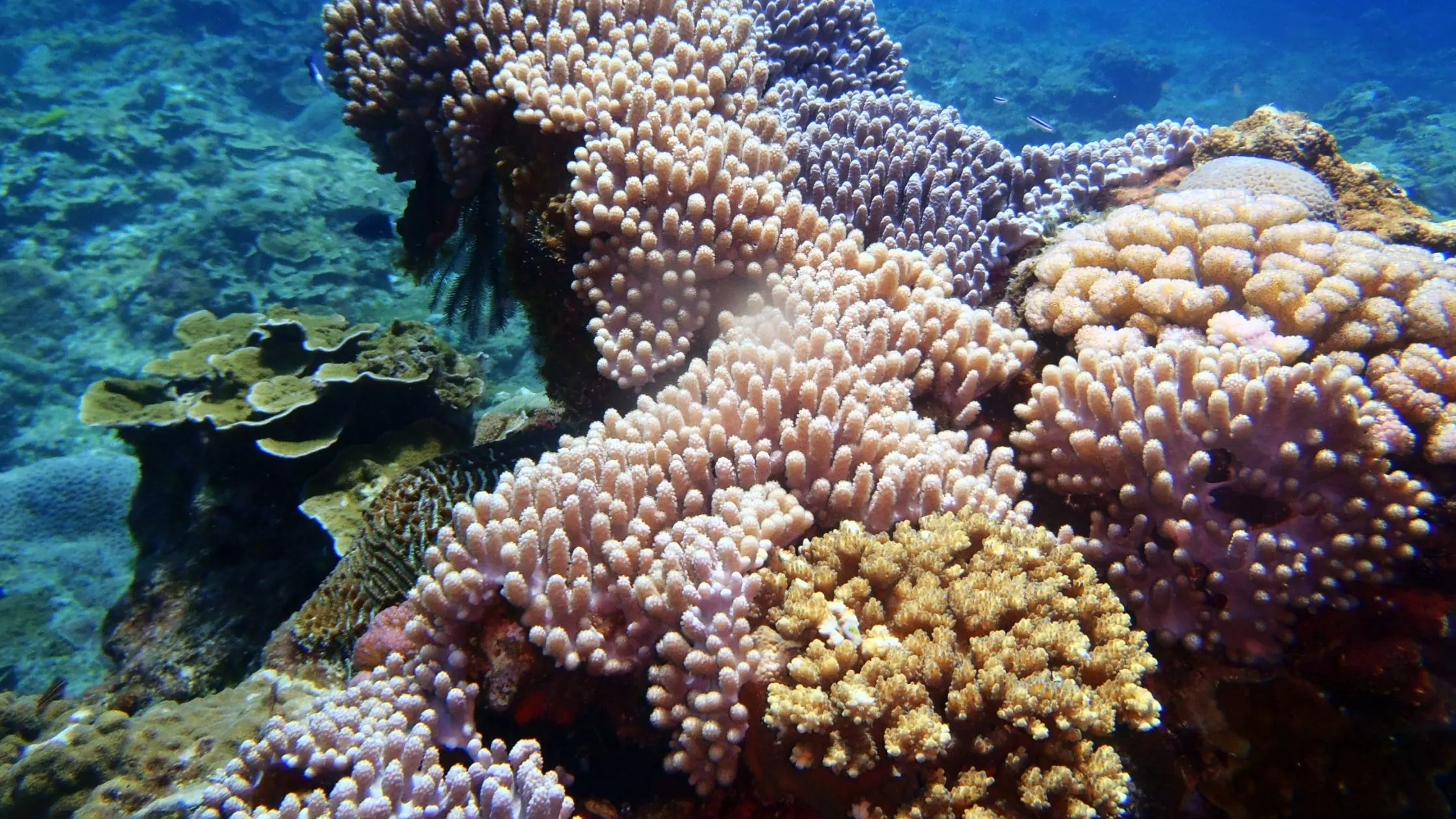
Bunaken National Park – Indonesia
Bunaken National Park located in Indonesia is a popular diving spot with a near-vertical wall of coral that stretches along the entire east coast of the island. The area is filled with sea life including turtles that rest beneath the overhangs in the reef.
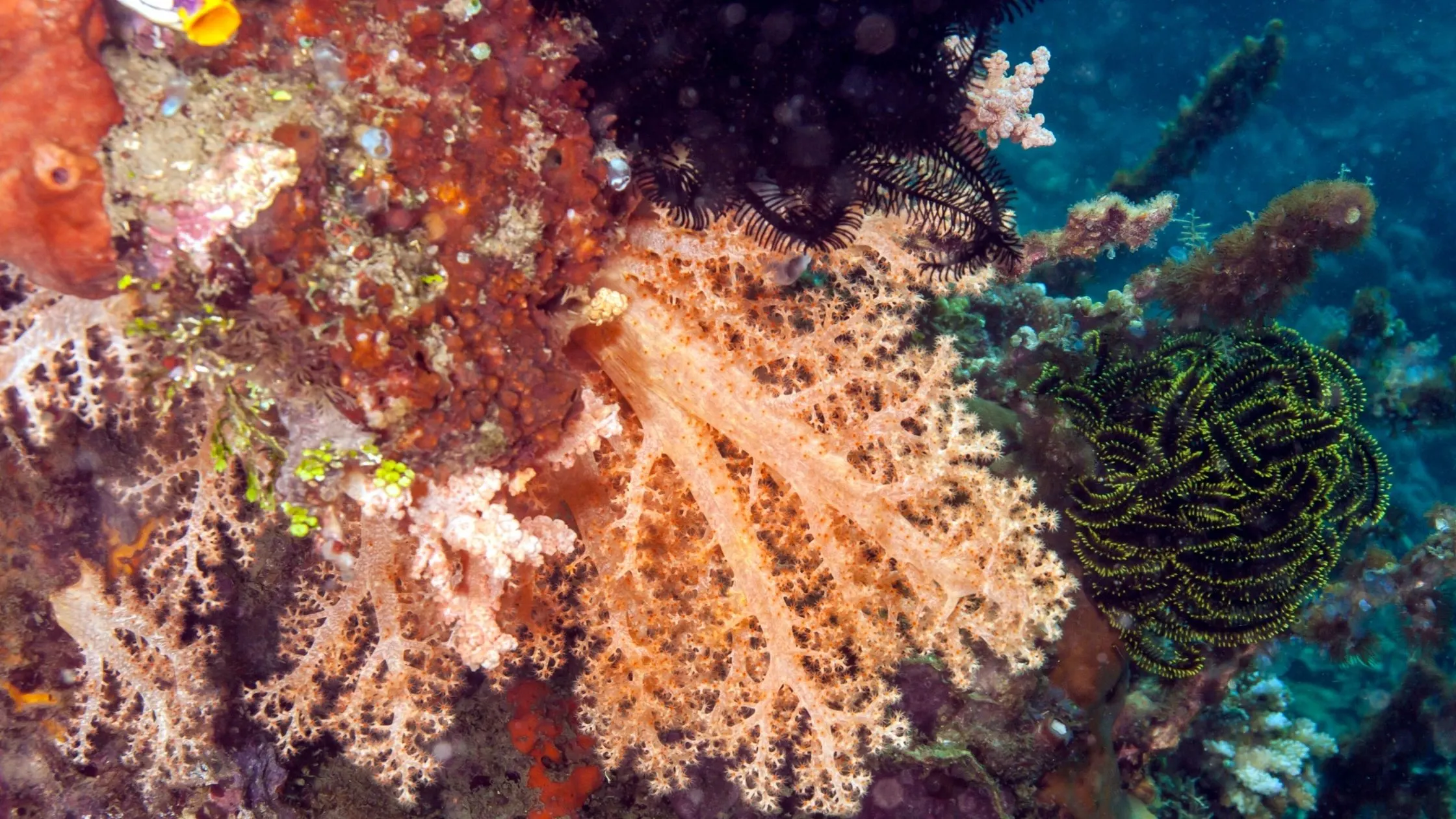
Coral Bay, Ningaloo Reef – Western Australia
Ningaloo Reef is a designated UNESCO World Heritage site that features coral diversity and formations. It is a well known grey reef shark cleaning station with sharks frequently gliding through the area.
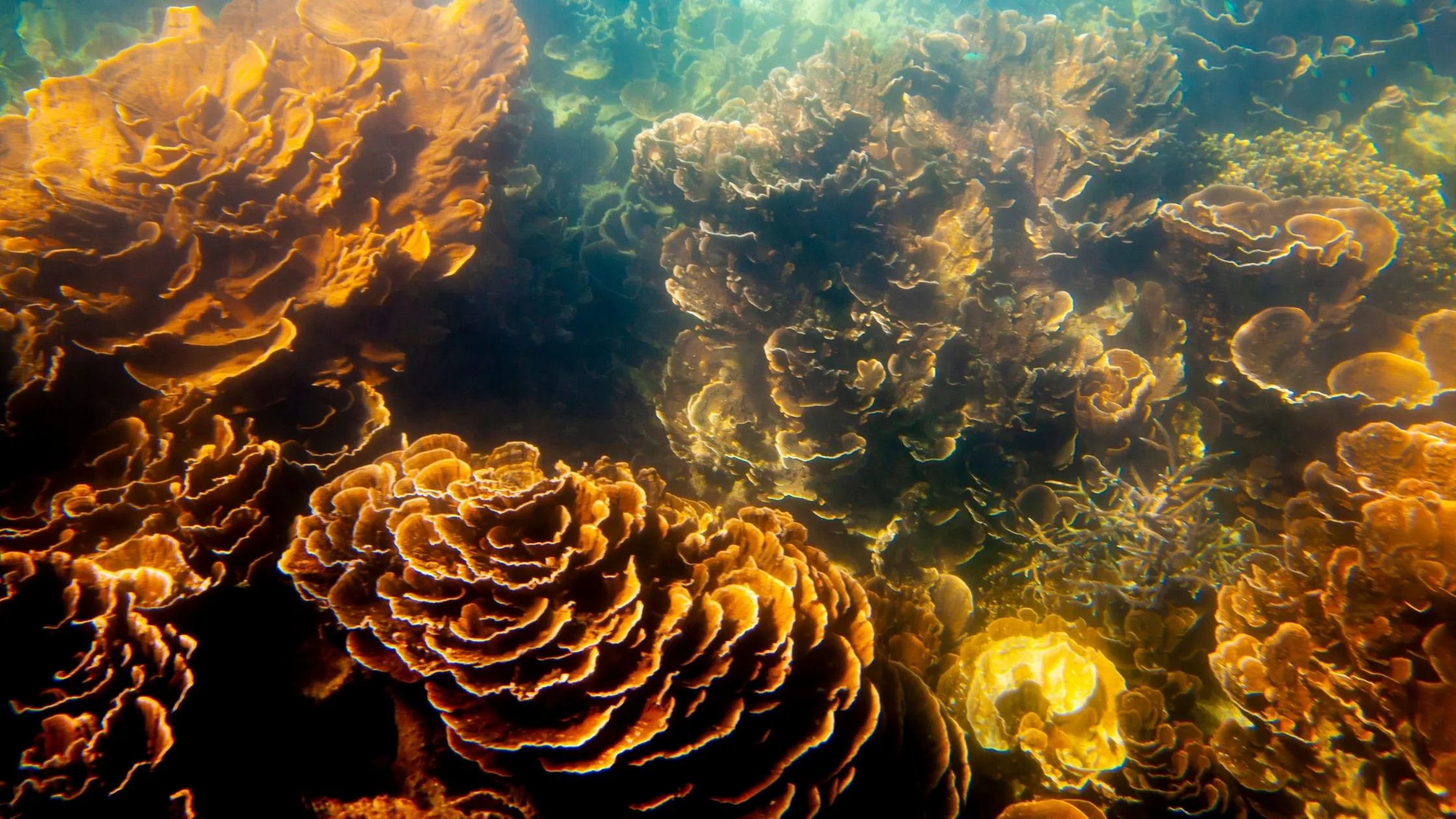
Red Sea Coral Reef – Middle East
The Red Sea Coral Reef is located between the Sahara and Arabian deserts. The reefs spans approximately 1,200 miles and has over 300 species of hard coral as well as 1,200 fish species.
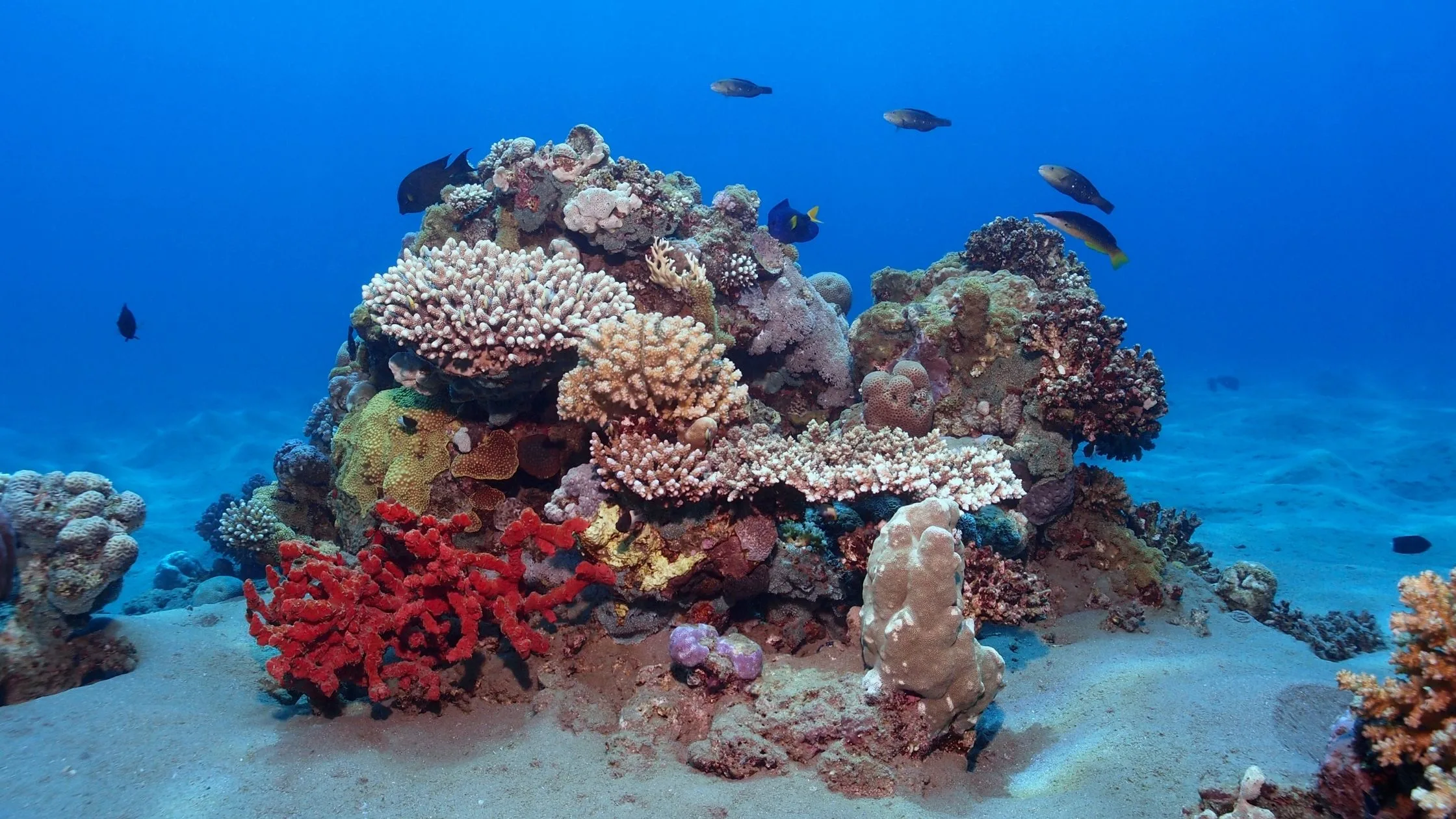
Palancar Reef – Mexico
Palancar Reef is located off the coast of Cozumel. The reef has a wide range of corals and aquatic species, such as seahorses, butterflyfish, sea fans, and more. Palancar Reef is a big tourist draw with many divers visiting the area all year round due to the warm weather.
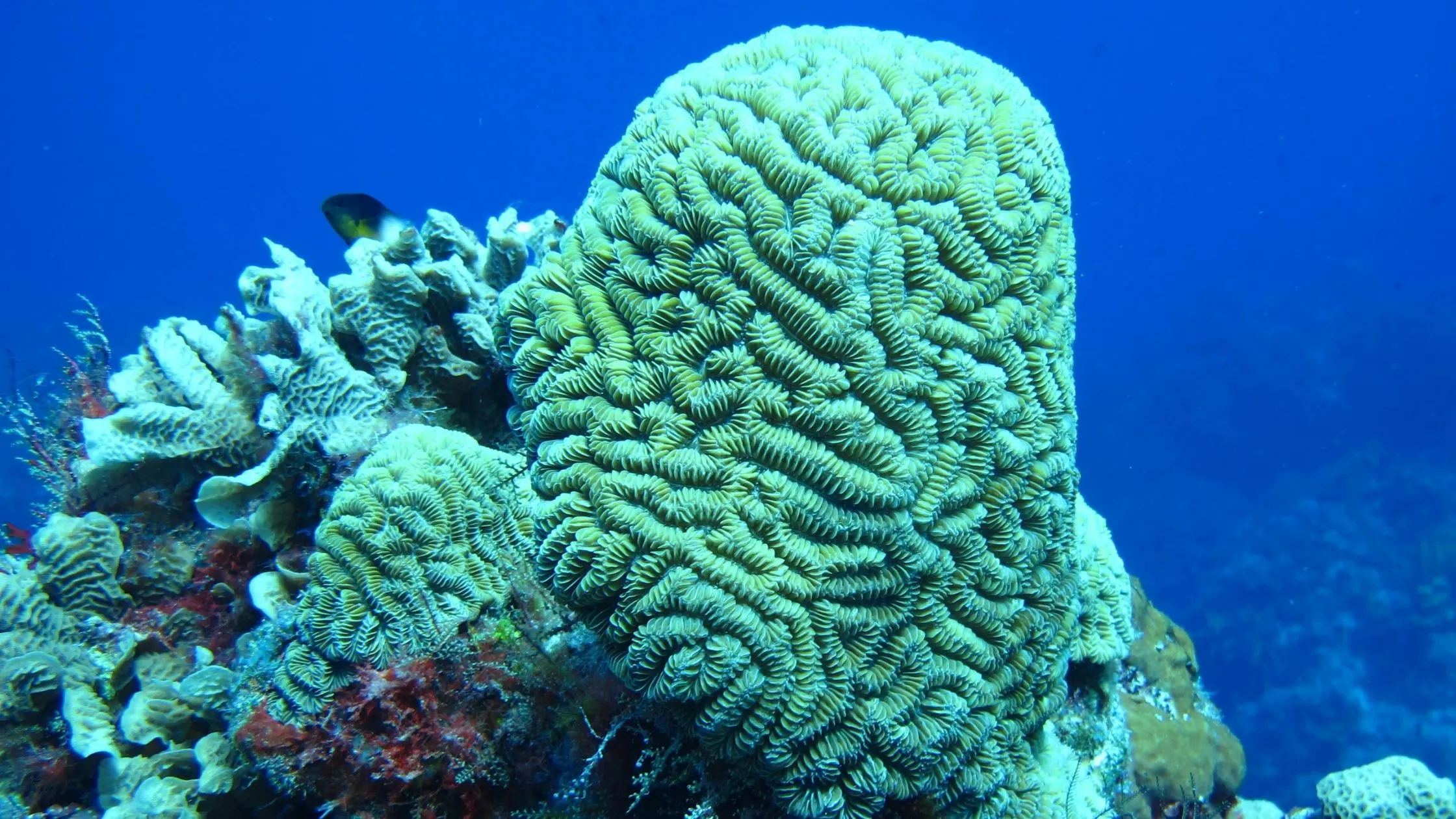
New Caledonia Barrier Reef
New Caledonia Barrier Reef is the second-largest double barrier reef in the world. The reef has been designated a UNESCO World Heritage Site. The area features a large range of marine life including green turtles and 1,000 species of fish.
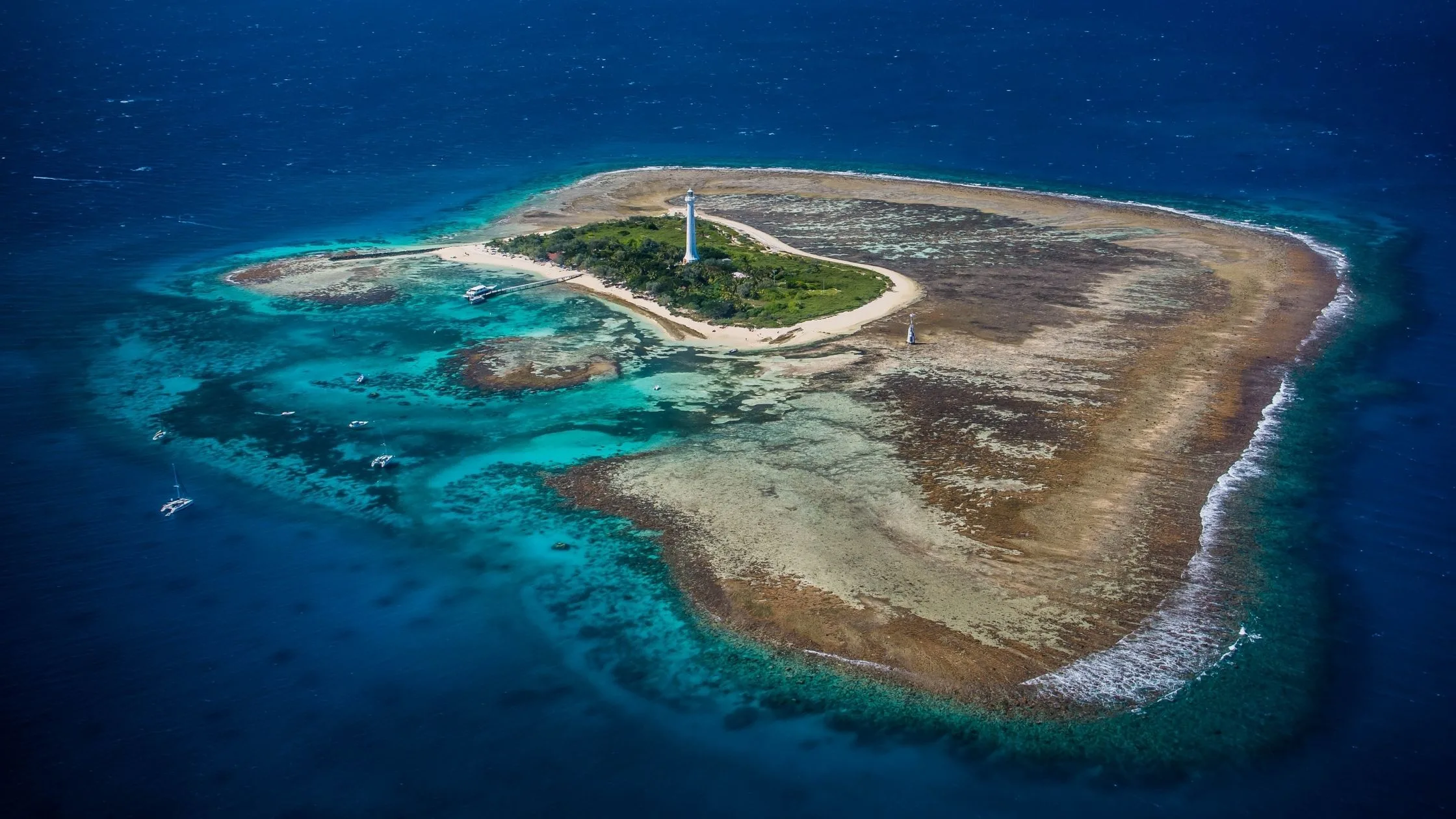
Great Barrier Reef
The Great Barrier Reef is located along the northeast coast of Queensland, Australia. The reef covers an area of nearly 214,000 square miles and is the only living organism that is visible from space.
The Great Barrier Reef is the world’s largest coral reef ecosystem with approximately 2,900 individual reefs in its 1,615 miles. It is home to a variety of endangered species.
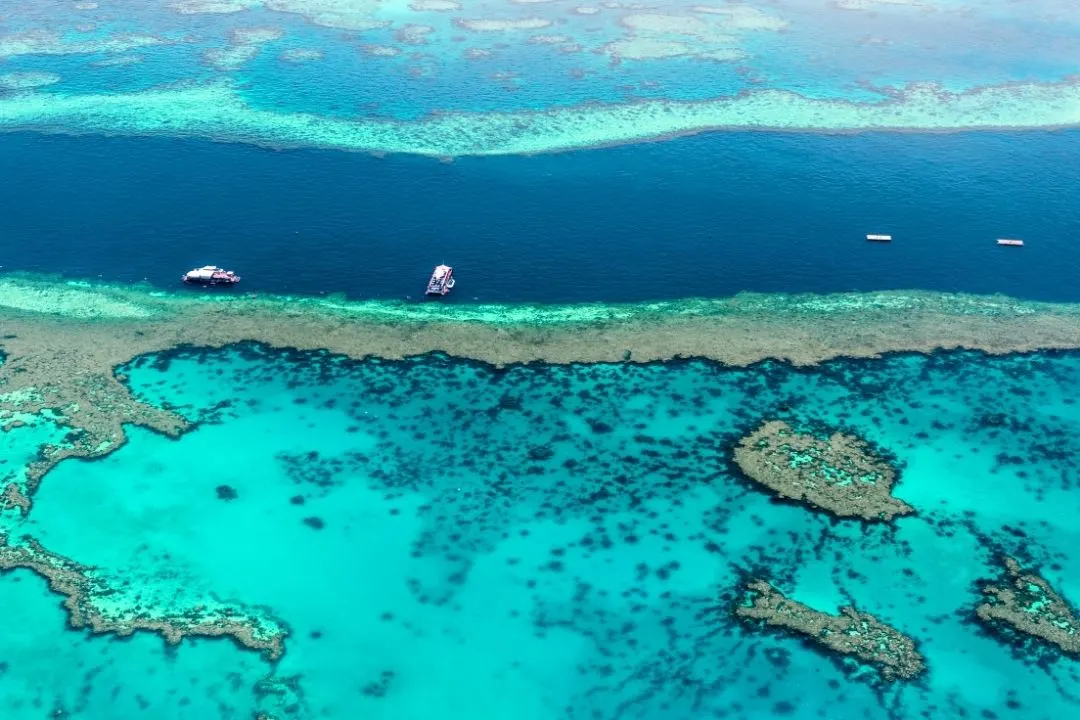
Coral Reef Virtual Dive Scavenger Hunt
Go on a coral reef virtual dive around the world and use the sights you see to complete the digital scavenger hunt!
The goal for students is to go on a virtual dive by following the Coral Reef tour created by us. Throughout the dive, they will be shown different coral and marine life.
Coral Reef Virtual Dive Scavenger Hunt
To start this activity, you must use the Google Earth Coral Reef Virtual Dive below to match the coordinates, name of reef, location, dive clue, and image.
Hint: The coordinates column goes in order of the tour. Students can watch the bottom right side of the screen as each location is loading on Google Earth to see the coordinates.
Each location features a brief description and image of the location. These may help with the worksheet as well!
Note: If you hit the arrow that points backwards while in Google Earth, it will take you out of the tour. You’ll have to return to this page to restart the tour. Make sure to use the TABLE OF CONTENTS at the bottom left of the tour to navigate.
For some extra fun, you can travel around each dive location by following the arrows.
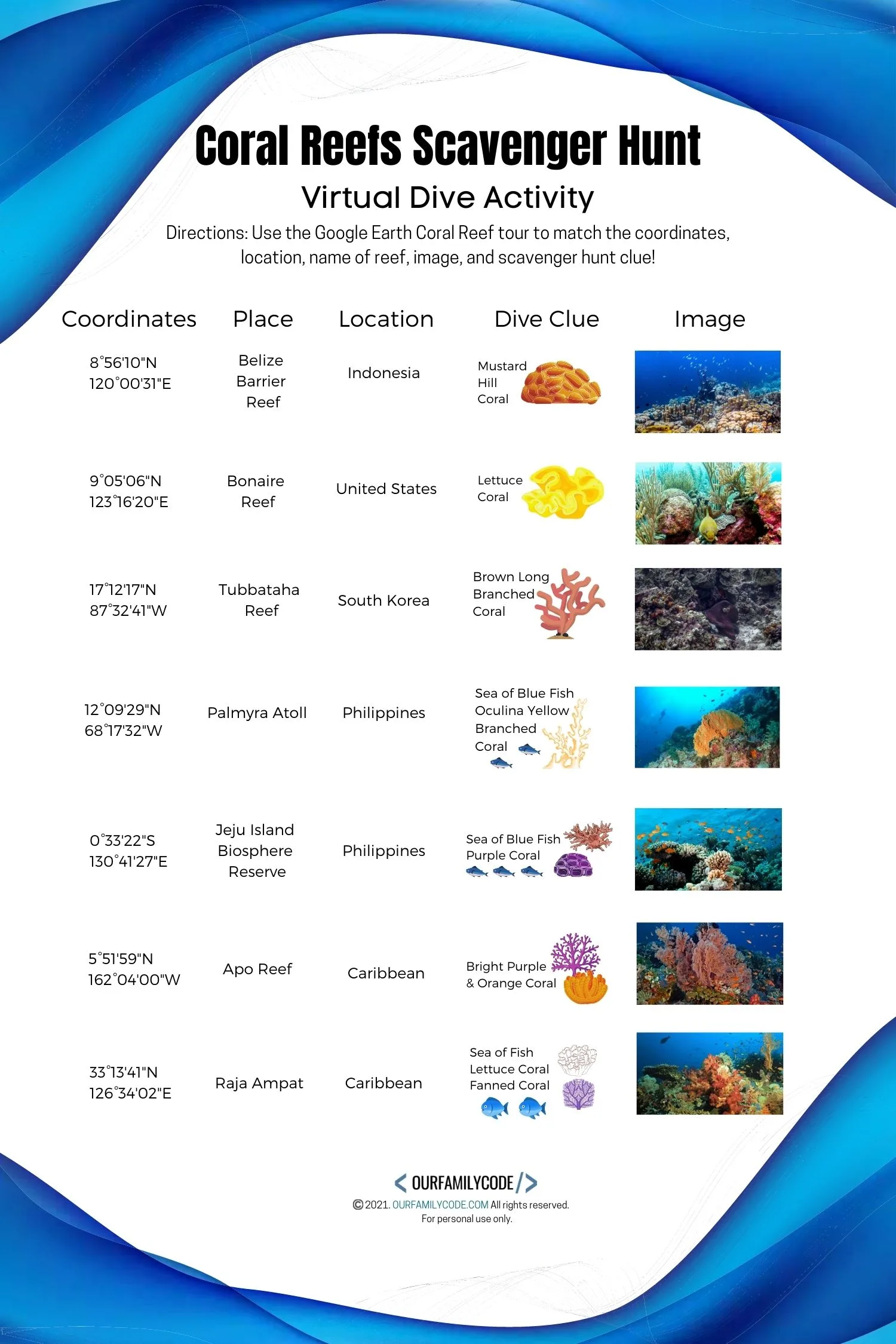
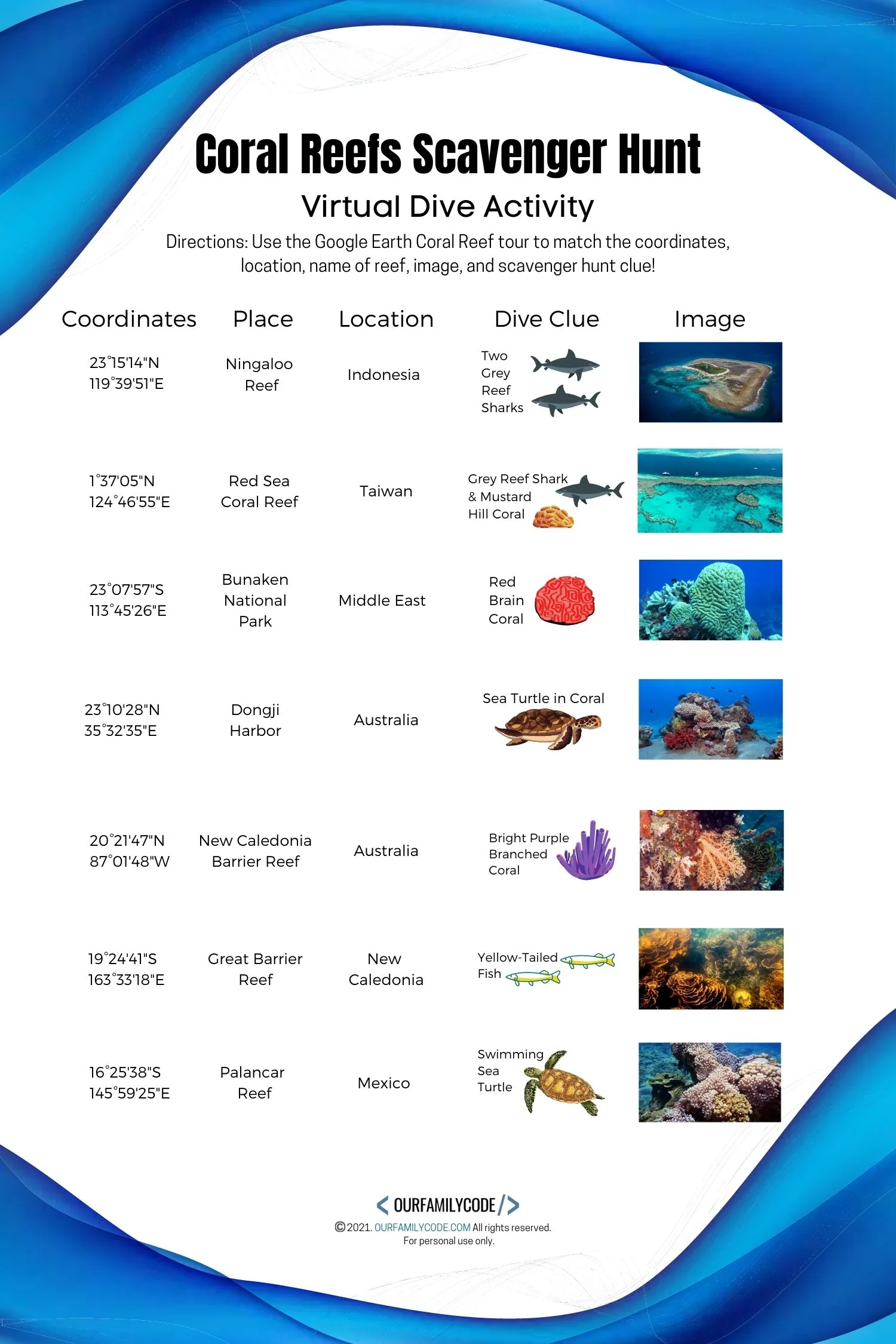
Don’t forget the answer key!
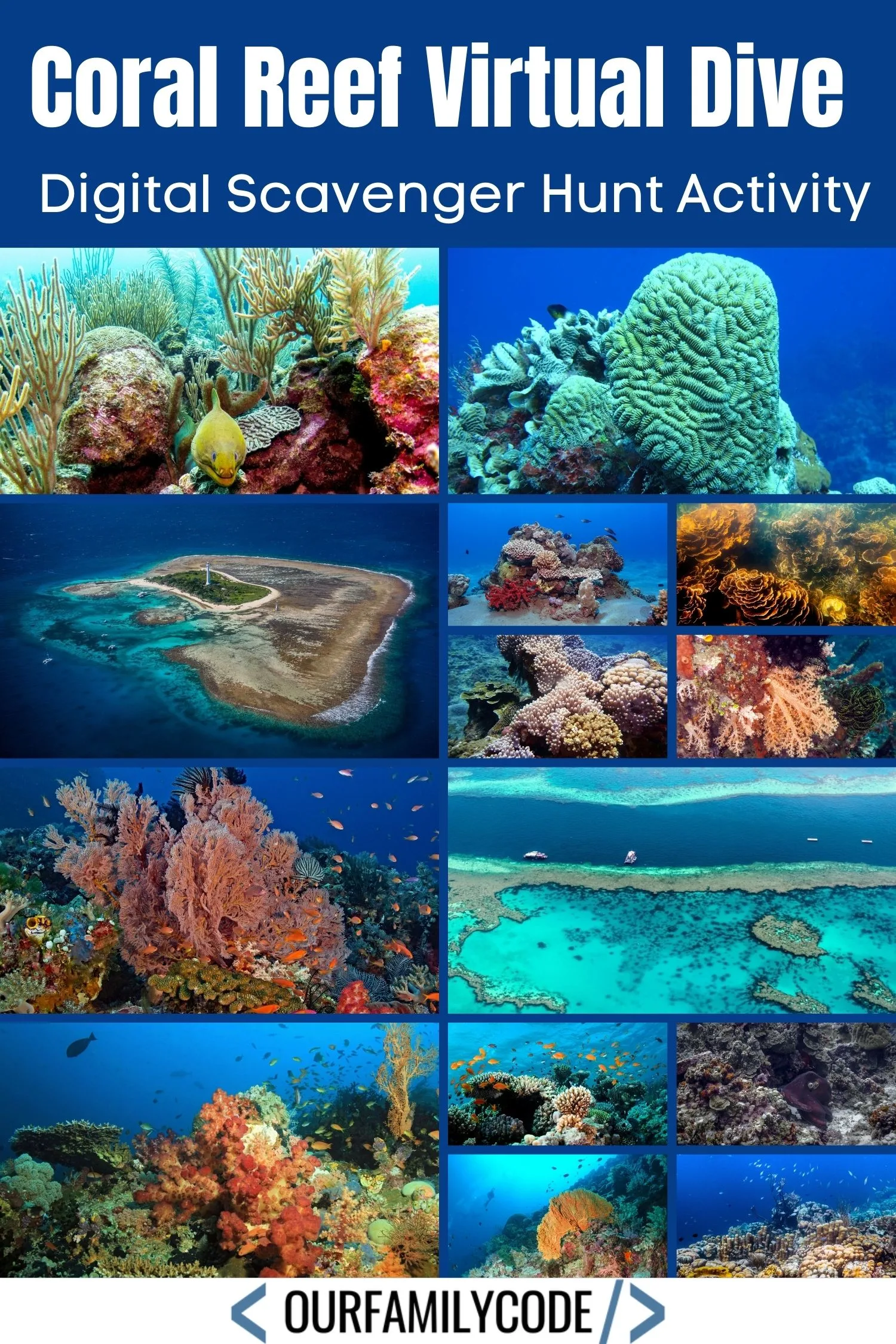
Earth Day Activities
Find more fun and educational Earth Day activities!
This Earth Day coding recycling sorting activity teaches children how conditional statements work while learning how to sort recyclables!
This butterfly squeegee painting art activity is exactly the type of Spring process art activity that you are looking for!
Make plastic bottle butterflies with this easy recycled art activity and learn about Monarch butterfly migration and how they find shelter and food during their journey!
Make this awesome recycled art project and reuse plastic water bottles at the same time!
These recycled crafts and activities for kids are a great way to reuse recycling materials and learn about protecting our environment!
Repurpose crayons into beautiful sun catchers from crayon shavings! Use crayon shavings to make Easter Egg sun catchers with this repurposed crayon activity perfect for Easter and Earth Day!
Meet Toni, the Maker Mom behind Our Family Code

Hey there, I’m Toni! I’m a software engineer and Maker Mom that finds my joy in unleashing my children’s curiosity by exploring STEAM concepts with my fantastic five!
When I’m not chasing toddlers or raising tweens, you can find me tearing things up and putting them back together over here at Our Family Code.
I am the owner and content creator of multiple educational websites designed to increase access to STEAM & STEM education with a focus on teaching computer science and coding to kids of all ages!
You can also find out more about me by visiting ToniGardner.com!


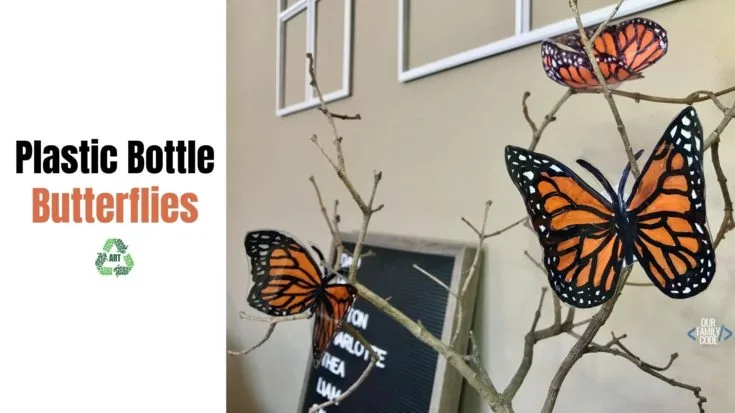
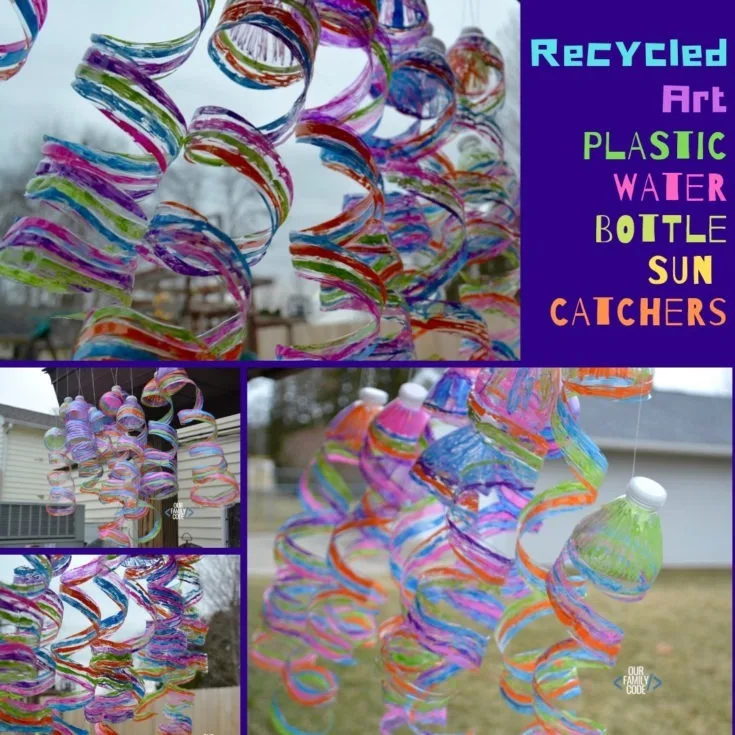
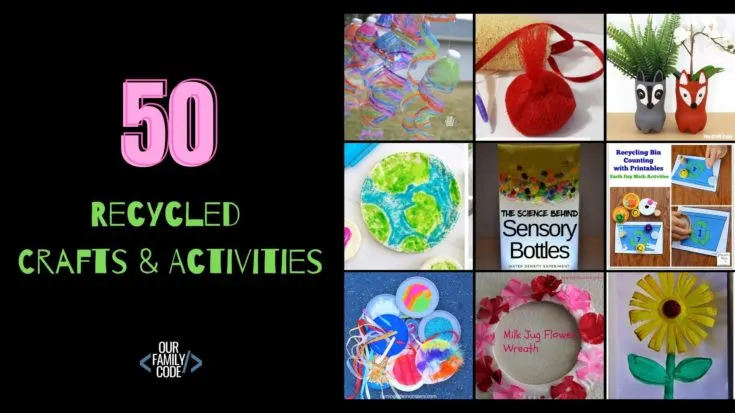
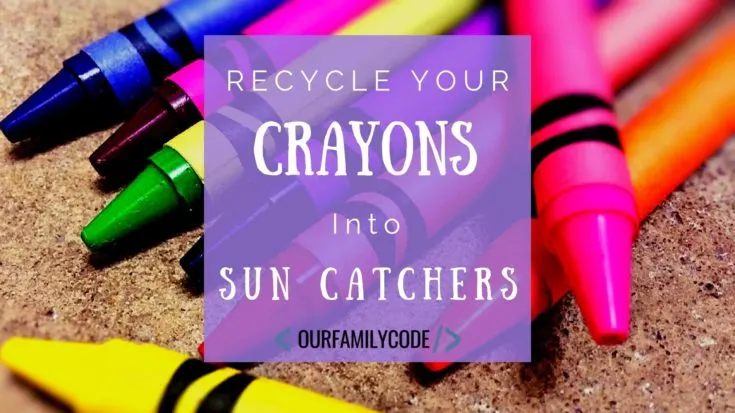







Amie Miles
Monday 8th of March 2021
Sadly we did this activity on 8/3/2021 and I believe it had been then replaced with national women's day as it said we did not have permission to access that project so we tried searching by the name of each reef and getting the coordinates as similar to where we ended up. we therefore found the Dive Cue too difficult as the dives were not accessible. I think google has something to be said by removing the tour as it is a great hot topic at the moment.
Toni
Monday 8th of March 2021
I am so sorry that it didn't work for you! Did you click through the tour button directly from this site? I'll definitely take a look at things. Sometimes when I hit back on Google Earth, it takes you out of the tour and then it'll show the top tour (this month is National Women's Day). The dive clues are specific to the tour linked to from this site that we developed ourselves. I hope you'll give it another shot!